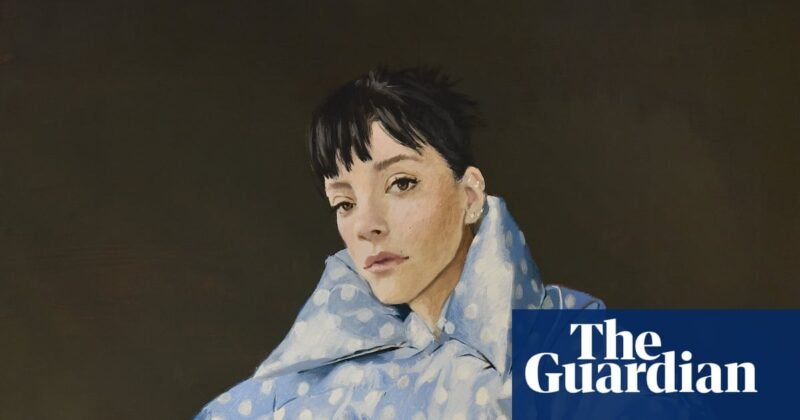Top Highlights
-
Cultural Significance of Puffers: Lily Allen’s album cover features a puffer jacket, symbolizing its cultural ubiquity and transition from warmth to a fashion statement that resonates across social classes.
-
Fashion Evolution: Once relegated to practical use, the puffer jacket has gained iconic status in pop culture, endorsed by celebrities and even linked to historical moments in fashion and sports.
-
Sustainable Alternatives: The demand for puffer jackets has sparked innovation towards ethical materials, like Flwrdwn and BioPuff, offering cruelty-free and eco-friendly options as alternatives to traditional down.
-
Practicality over Glamour: The appeal of Allen’s visual portrayal connects with the everyday experience of wearing puffers, emphasizing their comfort and relatability in a celebrity-driven fashion landscape.
From Streetwear to High Fashion: The Puffer Jacket’s Enduring Appeal
Fashion continues to evolve, and the puffer jacket stands out as a prime example. Recently, Lily Allen made headlines, not just for her music, but for donning a vibrant puffer on the cover of her new album, West End Girl. This choice underscores how the puffer jacket transcends trends, becoming a cultural staple as winter approaches.
Retail sales support this trend. Uniqlo lists a £109 puffer jacket as a bestseller, while streetwear brand Palace recently launched a puffer beanie. Moreover, the puffer has made appearances in high-profile contexts, featured on stars like Jeff Goldblum and in campaigns with icons like Al Pacino and Robert De Niro.
Historically, the puffer has roots in practicality. Eddie Bauer designed the first one in 1936 for warmth, after facing hypothermia. Interestingly, the 1990s saw brands like Prada Sport introduce the jacket into high fashion, paving the way for its current ubiquity. Even sports figures, like former Arsenal manager Arsène Wenger, popularized them through unexpected avenues.
However, this widespread appeal raises questions about sustainability. Traditional puffers often contain down feathers, sourced unethically from geese. Fortunately, brands are exploring eco-friendly alternatives. Companies like Pangaia use recycled materials, while Flwrdwn offers a biodegradable option made from wildflowers and biopolymer.
Moreover, the fashion industry emphasizes longevity. Orsola de Castro, co-founder of the consultancy Estethica, advocates for taking care of jackets, urging consumers to sponge clean them instead of frequent washes. This approach extends the life of puffers, aligning with eco-conscious values.
The democratizing nature of the puffer jacket connects people across various social strata. As artist Nieves González notes, Allen’s portrayal is relatable and genuine. Many individuals own a puffer, making it a shared experience, beyond the glitz of red carpets.
In a world where comfort and style merge, the puffer jacket remains a relevant choice. Whether it appears in music, art, or daily wear, it symbolizes protection and versatility. As technology advances, manufacturers increasingly strive for sustainable solutions, reflecting the changing demands of consumers. The puffer jacket is not just fashion; it embodies a modern mindset.
Stay Ahead with the Latest Tech Trends
Learn how the Internet of Things (IoT) is transforming everyday life.
Stay inspired by the vast knowledge available on Wikipedia.
FashionTechV1

